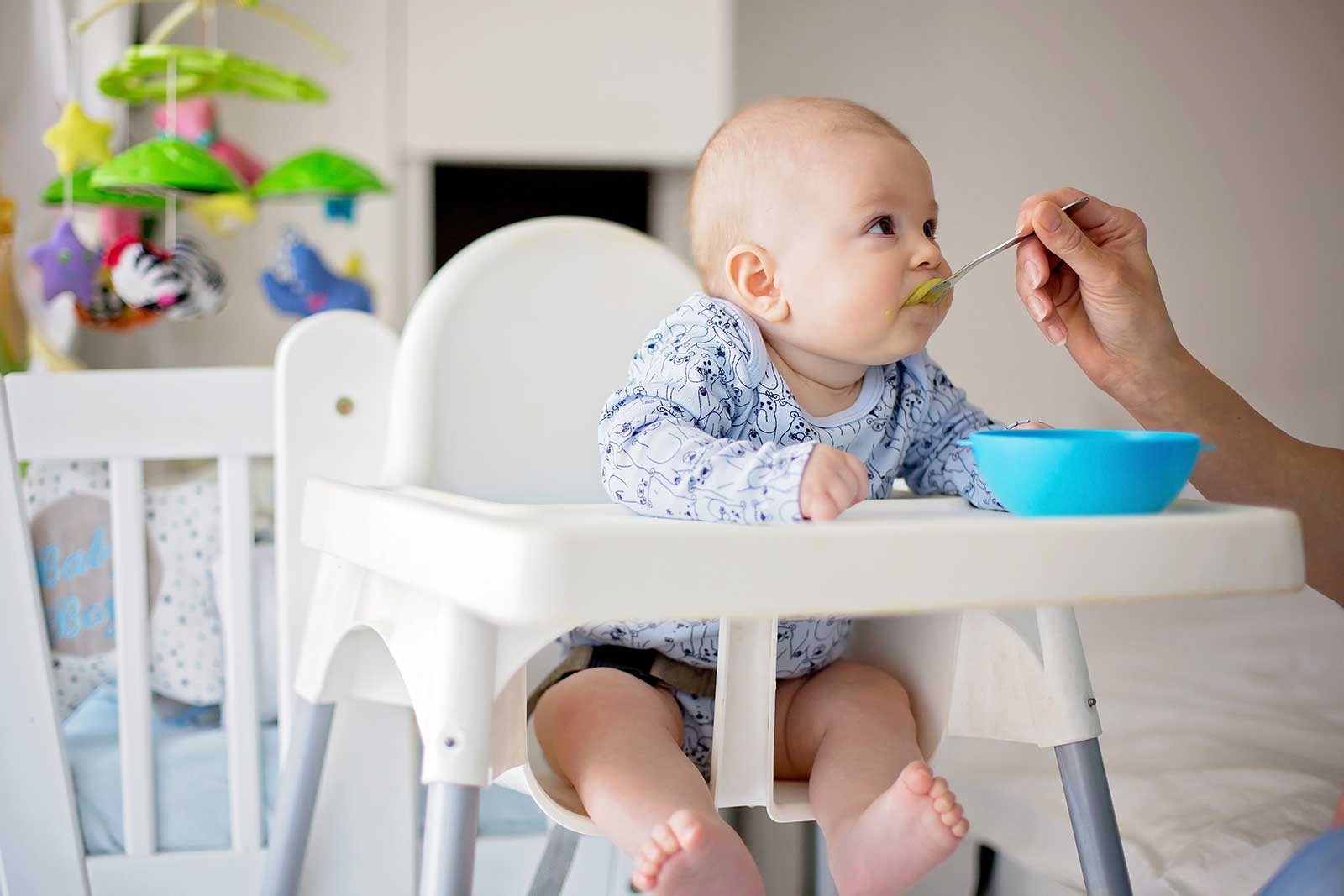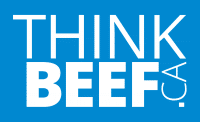sponsored
4 min Read
The One Nutrient Dietitians Don’t Want You to Miss When Starting Solids

October 21, 2022
sponsored
4 min Read

October 21, 2022

Starting your baby on solid food is a special milestone, but it can be met with a mix of emotions. You might feel sadness that your baby is growing older, or nervousness about where to start, but you’ll also likely feel excitement about the endless exploration that is about to take place. Regardless of how you go about solid food, as registered dietitians, we want to emphasize that while feeding should be fun, it’s not just for fun.
In fact, one of the primary reasons babies are offered solids around six months old is to help meet iron needs. This means that the first foods parents offer should be iron-rich. Up until now, your baby has been getting their nutrition from either human milk or formula. While both contain some iron, it’s simply not enough anymore. You might be wondering…why iron?
Babies arrive into the world with a certain amount of iron stored in their bodies. After six months of wriggling around like, well, a baby, their iron stores slowly start to deplete. Without eating iron-rich foods, babies are at risk of iron deficiency anemia, which can affect a baby’s growth and well-being.
Surprisingly enough, a lot of parents are missing the mark on iron and offering up foods like avocado, sweet potato and bananas—don’t get us wrong, these are amazing foods, but they aren’t good sources of iron. We’ll take you through the different forms of iron and how you can optimize your baby’s intake.
For a quick biochemistry lesson, here are the two types of iron:
Which foods are a good source of iron?
You’ll want to offer at least one iron-rich food at each meal, so knowing what those are will be helpful to you. Also, keep in mind that this list isn’t exhaustive.
| These foods are a source of heme iron. | These foods are a source of non-heme iron. |
|---|---|
| Lean ground beef | Iron-fortified infant cereal |
| Canned tuna | Lentils and beans |
| Pork and lamb | Dried apricots |
| Dark poultry | Tofu |
| Canned pink salmon | Green peas |
| Enriched pasta | |
| Kale | |
| Wheat germ | |
| Tomato paste | |
| Eggs |
What are ways you can enhance iron absorption?
Use of cast iron pans
Cooking food on a cast iron pan is an easy way to potentially increase the iron content of a food. It’s not a guarantee, but the theory is that when you’re cooking an acidic meal such as beef bolognese or a lentil stew in a cast iron pan, some of the iron from the pan will leach into the food.
Delay offering dairy products
When eaten together, calcium binds to iron and prevents the body from absorbing it. When your baby starts eating solids, it’s okay if milk, yogurt and cheese are the minor ingredients in recipes, but in order to prioritize baby’s iron needs, we recommend holding off on offering these foods on their own until around nine months, or until baby is regularly accepting and consuming a variety of high-iron foods.
Pair with vitamin C
Don’t forget to add a source of vitamin C. Vitamin C can increase the amount of iron absorbed by up to 600 percent (yes, you read that right).
The bottom line is that dietitians really want caregivers to feel confident feeding their baby a wide array of foods, including foods that are rich in iron to support optimal growth and development. Happy feeding!
Pair non-heme iron sources with heme iron sources
This is another fun fact. When you pair foods that contain non-heme iron (plant-based foods) with heme iron (animal-sourced foods), the animal foods can increase absorption of non-heme iron by 150 percent. How do you apply this? It’s easier than you think. Some examples of fun meals include a meat and lentil marinara, including mashed beans in a beef shepherd’s pie or modifying your recipe for chili to be baby friendly with a mix of beef and beans.

Jessica Penner, BSc, Registered Dietitian
Nita Sharda, BSc, Registered Dietitian
Combined, Jess and Nita have four children between the ages of three and nine years old, and almost 20 years of experience working as registered dietitians. They decided to become experts in the area of childhood nutrition to serve likeminded parents the confidence they need to raise happy, healthy eaters. Visit happyhealthyeaters.com for more information.
Sponsored by: Canada Beef
